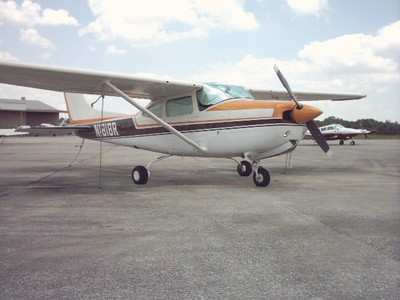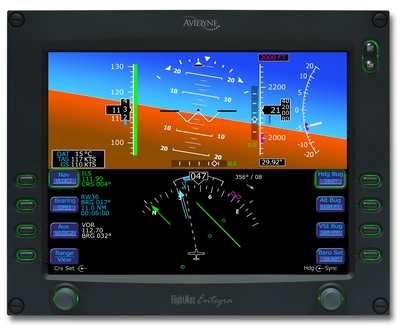Aero-Tips!
A good pilot is always learning -- how many times have you heard
this old standard throughout your flying career? There is no truer
statement in all of flying (well, with the possible exception of
"there are no old, bold pilots.")

Aero-News has called upon the expertise of Thomas P. Turner,
master CFI and all-around-good-guy, to bring our readers -- and us
-- daily tips to improve our skills as aviators. Some of them, you
may have heard before... but for each of us, there will also be
something we might never have considered before, or something that
didn't "stick" the way it should have the first time we memorized
it for the practical test.
Look for our daily Aero-Tips segments, coming each day to you
through the Aero-News Network.
Aero-Tips 10.06.06
I think we've rounded a corner in the way most instrument pilots
view autopilots. When I first earned my instrument rating very few
piston airplanes had any sort of autopilot. In airplanes equipped
with an autopilot it was pretty much ignored during training, and
verboten during an FAA checkride. Pilots were expected to juggle
all the balls of IFR flight while hand-flying all the way.
Autopilots were considered a crutch for the inexpert pilot.

The first autopilot-equipped aircraft I ever flew was a Cessna
182RG I used for my initial CFI practical test... the examiner
asked me how to turn it on as we returned to the airport, and when
I did (causing a rapid roll-over because I hadn't set the heading
bug) he shrugged it off because, I later learned, he didn't know
how to use it either.
A new look
Today an airplane isn't considered "serious" for IFR unless it
has a three-axis autopilot coupled to a GPS for en route navigation
and approach systems for close-in work. More and more pilots say
they simply won't fly IFR without an autopilot. This is in part due
to the increasing complexity of personally flown IFR airplanes --
GPSs are far more time-consuming than the tune-and-forget VOR/ILS
system -- the higher performance (and quicker departure from flight
path) of modern, slick airplanes, and the fact that many pilots fly
in far worse weather than was the norm even in commercial
operations a couple decades ago. Flown like this, autopilots are
pretty much a necessity for cockpit workload management.
I'm firmly in the camp that a pilot should depend solely on an
autopilot, but that he or she should never let an autopilot take
him/her somewhere he/she could not comfortably hand-fly. I'm also a
staunch proponent of using the autopilot when distracted by cockpit
chores or a high-workload environment. Balancing hand flying vs.
autopilot skills is becoming one of the biggest challenges of IFR
currency.

But there is a growing population of pilots who feel that it's
insane to fly IFR without an autopilot, and use the autopilot
almost all the time, freeing themselves up to better monitor the
flight operation.
My question for readers: do you consider an autopilot to be a
required item for IFR flight? And if such is the case, would losing
the autopilot in flight be grounds to divert to improved weather
conditions, or even to declare an emergency? Please use the
"Discuss this topic" link to let me know what you think.
Aero-tip of the day: Know how, and when, to use
an autopilot.
 ANN's Daily Aero-Linx (05.02.24)
ANN's Daily Aero-Linx (05.02.24) ANN's Daily Aero-Term (05.02.24): Touchdown Zone Lighting
ANN's Daily Aero-Term (05.02.24): Touchdown Zone Lighting Aero-News: Quote of the Day (05.02.24)
Aero-News: Quote of the Day (05.02.24) ANN FAQ: Contributing To Aero-TV
ANN FAQ: Contributing To Aero-TV NTSB Final Report: Cirrus Design Corp SR20
NTSB Final Report: Cirrus Design Corp SR20





